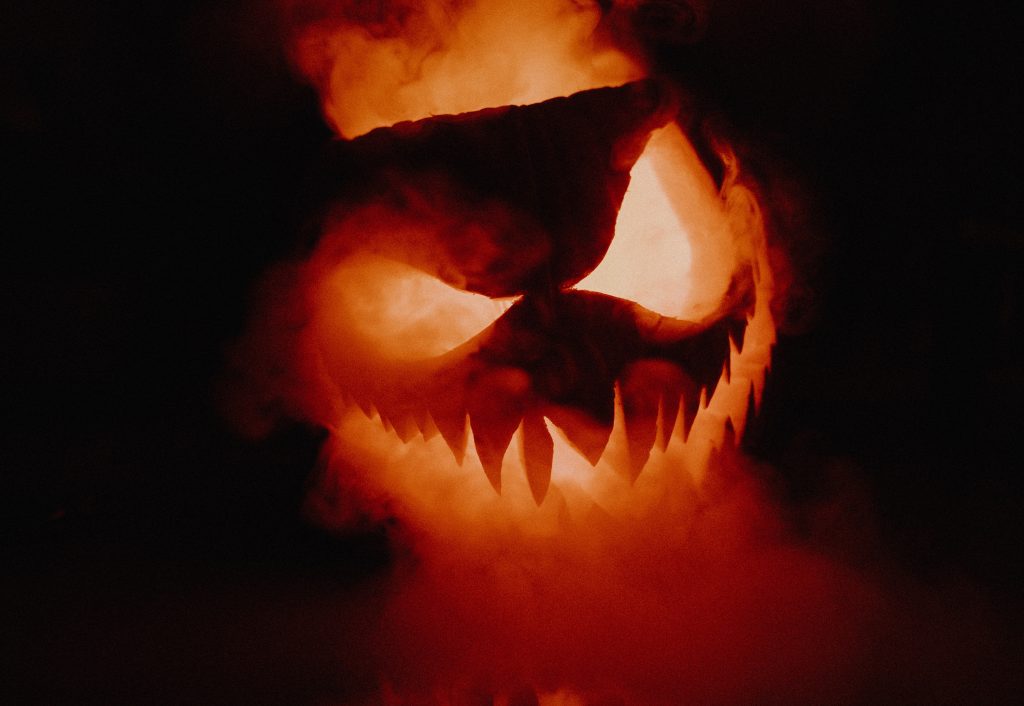Becoming horrifically lucrative for brands, Halloween marketing campaigns are now a global phenomenon, with a recent Mintel report forecasting spending by UK consumers alone hitting £320 million this year, with most spenders being Millennials.
However, the annual fright fest has seen the odd horror show in terms of bad taste, the most infamous of which being Asda and Tesco ‘mental health patient’ and ‘psycho ward’ costumes for Halloween 2013 that promised to have ‘people running away in fear’. Both supermarket giants were accused of a woeful lack of judgement and for stigmatising mental health issues by charities and the public alike, a sign that attitudes towards the historically taboo subject were changing in the real world, something not reflected by the offending products
This year the Marketing Society and Time to Change gave brands a timely reminder not to resort to campaigns and products that stigmatise mental health, and thankfully it seems they all paid attention. So what techniques did some of the best campaigns use to engage their Halloween audiences to make the most of this fun festival without being offensive?
Immersion
For those who want to be scared, nothing beats being fully submerged in horror. Brands would be wise to take cues from immersive theatre experiences, such as Punch Drunk or Hammer House. Take Fanta, it created ‘The 13th Floor’ – an utterly chilling 360 virtual reality experience that takes you on a terrifying elevator journey, from which there’s no escape. While vampires, witches and other ‘mythical’ things are no doubt scary, there’s something even more terrifying about being stuck in a real-life situation that takes a turn for the worse, especially if you’re literally in it.
Brand Affinity
This year Budweiser launched a large-scale campaign to become the ‘go to’ beer for Halloween. Having set-up a bricks and mortars store in London, The King of Fears (gettit?), will be selling a selection of items normally only found online. All who purchase something get a free Budweiser, plus there’s a DJ and late-night Halloween party in a bid to become the only beer you’d want to drink at Halloween.
Budweiser is not the only booze brand to take this experience-led approach to become synonymous with the occasion – Veuve Clicquot is once again running the ‘Widow Series’, an interactive exhibition which this year brings to life the seven deadly sins. There is robust evidence, Mintel’s Trend Experience is All as an example, that creating strong retail experiences can boost sales and drive brand affinity with specific occasions.
Partnership
Fashion retailer Topshop was right on the money this year capitalising on young people’s obsession with spooky Netflix series Stranger Things, which is about to launch its second series. The show’s audience is almost perfectly aligned with Topshop shoppers, so the idea to bring the two brands together for Halloween was a strong of genius.
The partnership involved Toyshop’s flagship store on Oxford Street London into a Stranger Things themed cinema where shoppers were given the chance to watch the first two shows of the second series of their favourite horror series the night before it launched on – you guessed it – Halloween. A great gift to Topshop shoppers and a wonderful promotion for the show’s new series.
Although there were some strong campaigns this year, it was disappointing not to see a truly funny campaign or one driven by purpose, like the following two from last year:
Humour
As someone who hates being scared and will jump at the slightest thing, I would love it if the secular Halloween festival turned into a gigantic comedy fest. Take Burger King for example – its history of Halloween marketing campaigns has had me howling. In 2016, the “Scariest BK” stunt involved dressing up an actual Burger King in Queens as the ghost of McDonalds. This year there’s the #ScaryClownNight campaign – anyone dressed up as a clown will receive a free Whopper. It’s funny, it’s memorable and it gets people in-restaurant, showing that some good old tongue-in-cheek humour can be an effective marketing strategy. I wonder if Ronald will do anything in response?
Purpose
Tesco just about recovered from the aforementioned debacle, and this year launched a ‘Pumpkin Rescue’ scheme in 2016. Research has found that up to 18,000 tonnes of pumpkins end up in landfills every single year after Halloween, with consumers simply throwing them away and not recycling them. So Tesco partnered with environmental charity Hubbub and the North London Waste authority to save the pumpkins from their grisly fate. The rescued pumpkins were recycled by anaerobic digestion to convert them into energy.
With respect to purpose, with the warnings issued overusing mental health stereotypes, it would have been great to see a brand promoting the awareness of this growing problem for Halloween, and hopefully brands will embrace these two techniques more in 2018.
To me Halloween is a time for being scary or funny (and possibly sexy) – it’s a time for having fun. Mental health issues are not funny – they are nothing to be laughed at or made fun of. Neither are they scary – the perception of a person in an asylum in a straight jacket is extremely outdated, from an era where there was no understanding of mental health. And neither is it something to be sexualised. It was great to see that brands avoided resorting to outdated stereotypes this year and were all the more creative – and hopefully successful – for it.
Jess McGillivray is Account Director at real world marketing agency Sense.

